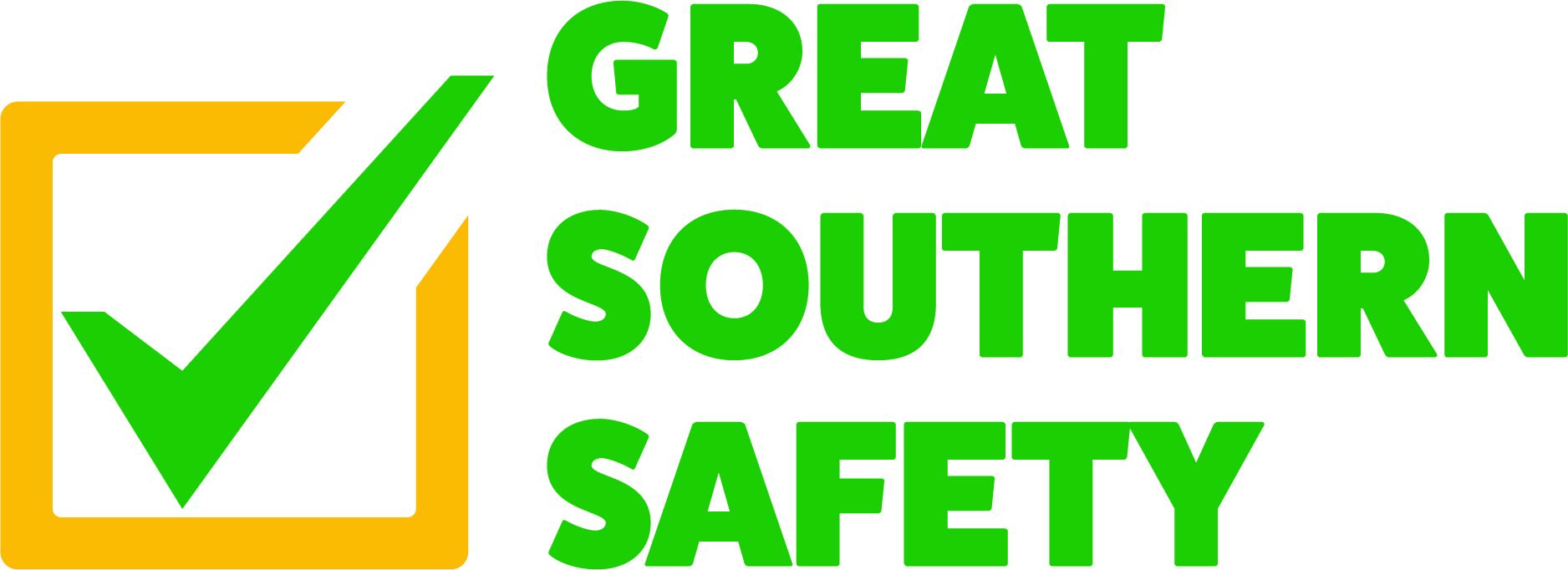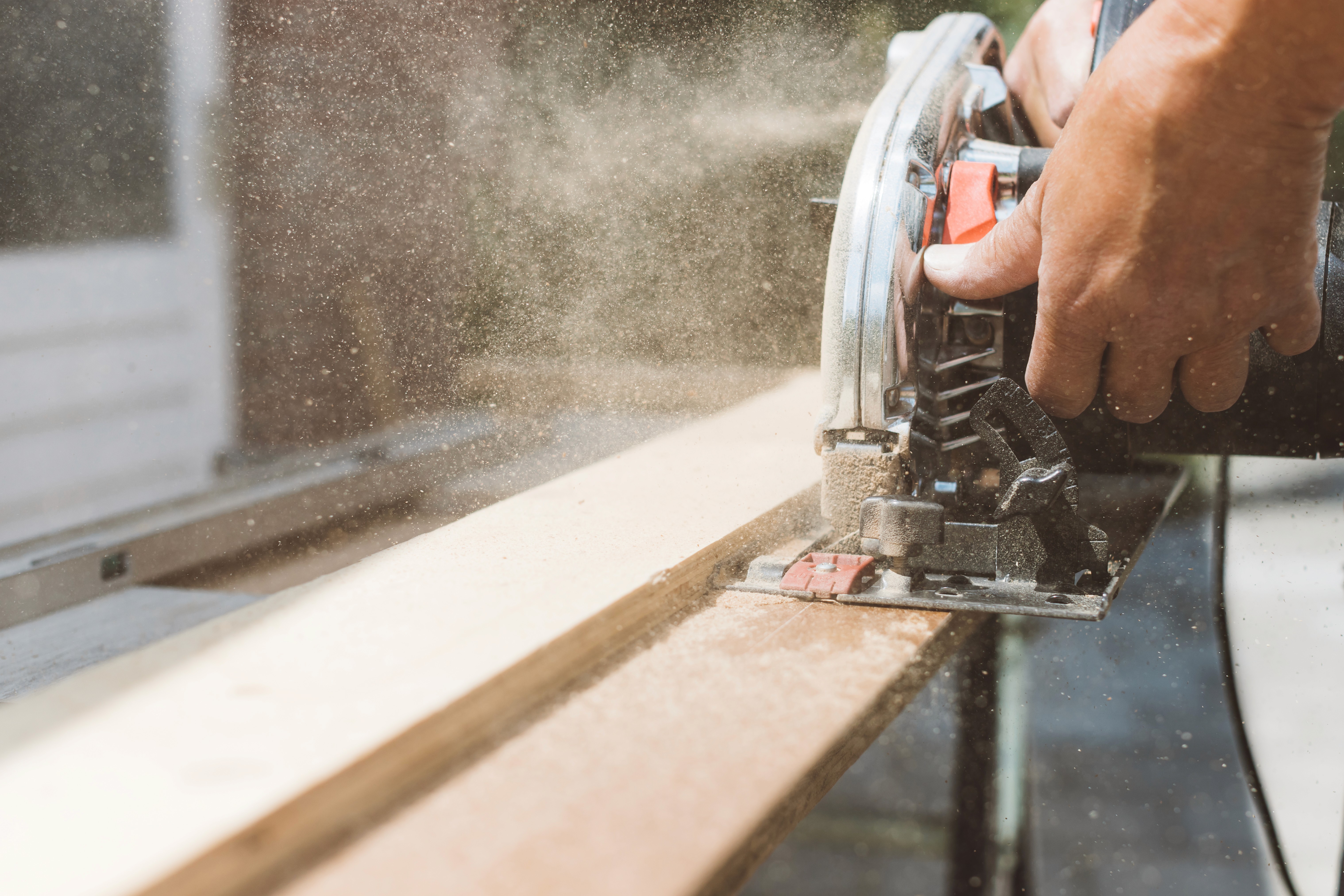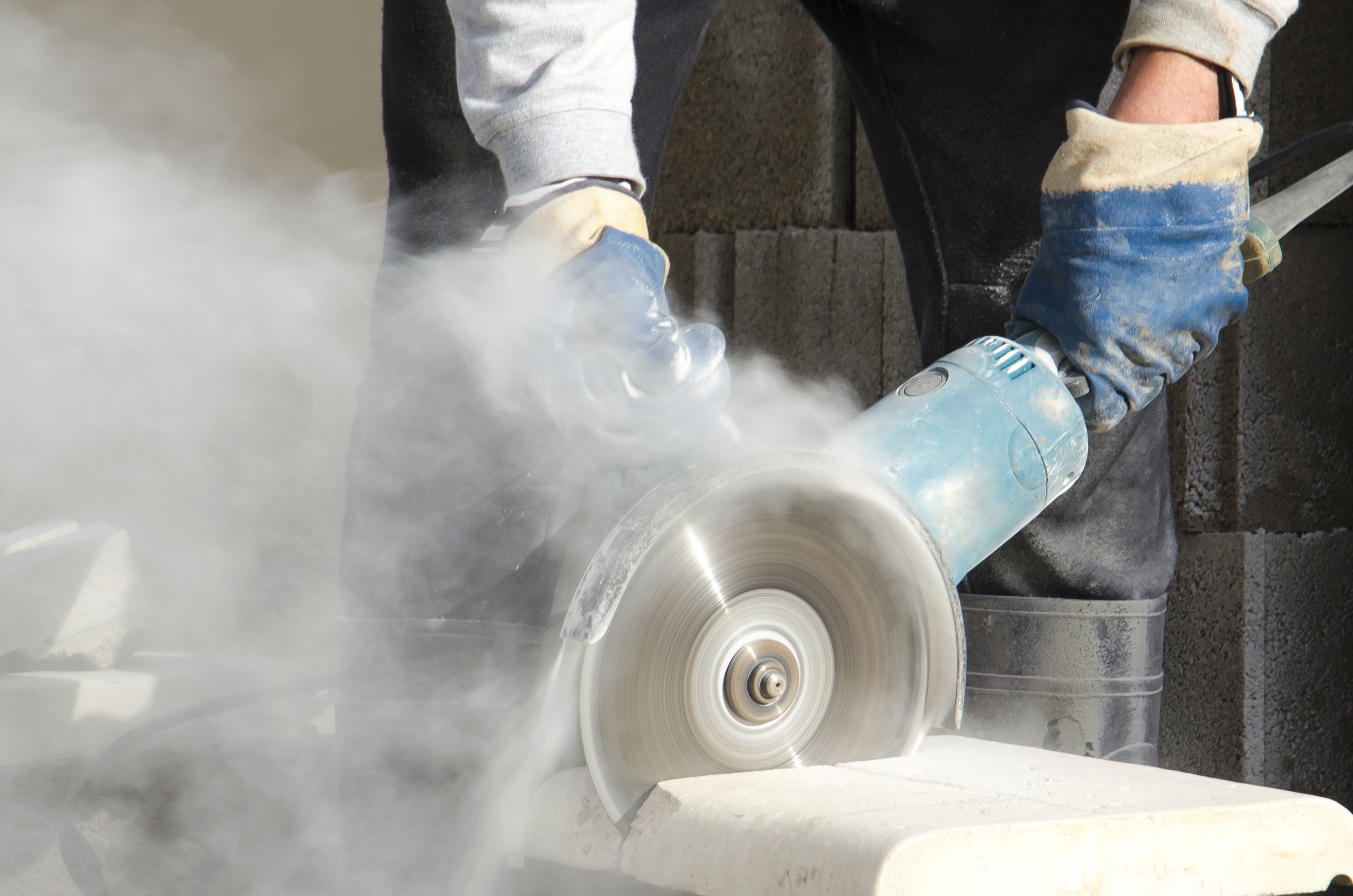What are p2 face masks used for?
Wood Working
Reliable protection against sawdust and fine particles created from woodworking ensuring respiratory safety.
Stone Working
Stone masonry protection whilst dry-cutting granite or sandstone, protecting against potentially deadly silica dust.
Asbestos Removal
P2 masks protect tradies from exposure and inhalation of potentially deadly fibres or dust that are present during asbestos removal.
Plastering and Insulation
Safeguard workers from inhaling harmful particles released during plastering and insulation activities.
Smoky Conditions
P2 filters out very fine particles from bushfire smoke and helps reduce exposure to poor air quality and associated health effects.
How to wear Great southern safety p2 masks

Step 1
Cup the respirator in one hand with the open side facing your face.

Step 2
Hold the respirator under your chin and press it against your face, ensuring that the nose strip sits above your nose.

Step 3
Bring the lower strap over your head and place it below your ears. Pull the top strap over the back of your head, positioning it well above your ear line.
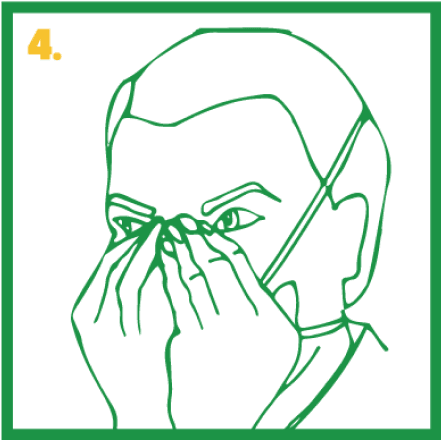
Step 4
To check the seal, cup both hands over the respirator. For non-valved masks (GSSP2): Exhale vigorously. If air escapes around the nose, re-form the nose strip to ensure a proper fit. If air escapes around the edges, reposition the straps until there is no leakage. For valved masks (GSSP2V): Inhale sharply. A negative pressure should be felt inside respirator. It is essential to perform these fit checks every time you wear a P2 mask to ensure maximum protection.
